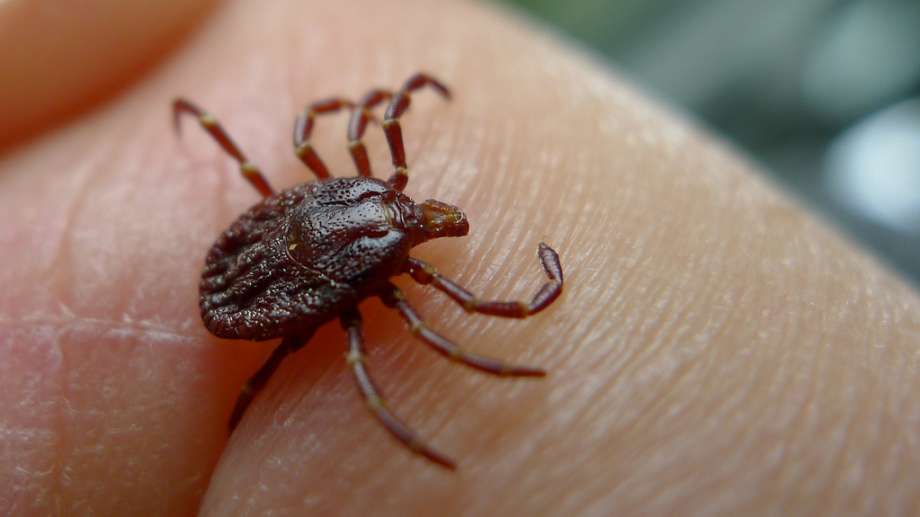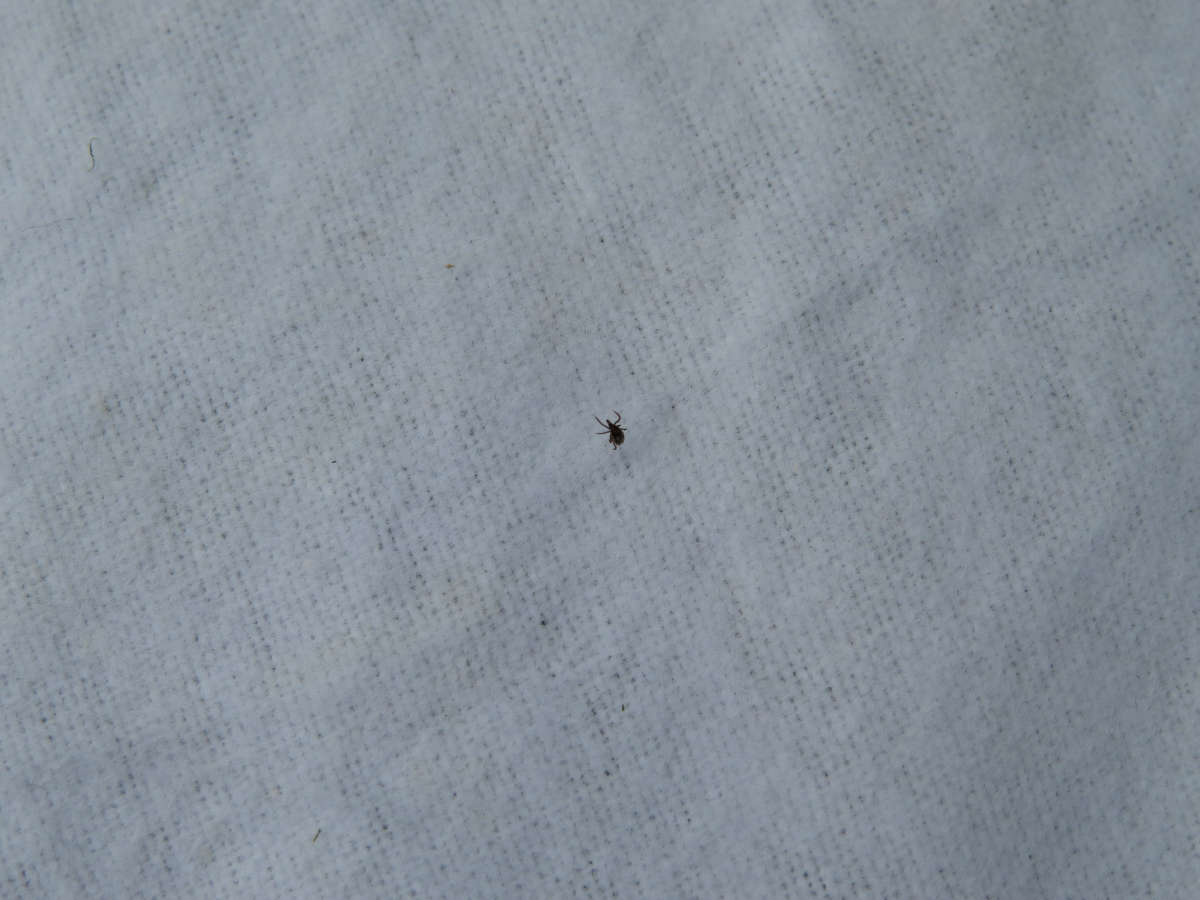Avoiding Tick-Borne Diseases

From Powassan to Lyme disease, ticks pose a huge health problem across the nation and parents need to know what to look for. In fact, according to Brad Leahy, Vice President of B.O.G. Pest Control, 2017 is predicted to be one of the worst tick seasons in years, due to a mild winter nationwide. However, you don't need to keep your kids inside all summer or wrap them in bubble wrap. Here are some tips on avoiding tick-borne diseases as well on some info on what to look for:
Tick Life Cycle

Photo source: Animal Diversity Web/Flickr
Most ticks go through four stages of development: egg, larvae, nymph, and adult.. When the tick is in its nymph stage, it is most dangerous to humans. This is because it still possesses the disease but is so small -- about the size of a comma in a newspaper -- that it's very hard to detect. The longer a tick is attached, the more likely it will pass a disease onto its host, so early detection is important. Nymph ticks are most prevalent in the spring and early summer when many people enjoy the outdoors. Nymph ticks are difficult to see, but still visible and require a closer visual inspection of skin. Running your fingers across your skin can help you feel the tick. For reference, see below, a picture of a nymph tick on a paper towel:

Photo source: NY State IPM Program at Cornell University/Flickr
Tick-Borne Diseases
The most common tick-borne diseases in North America include:
- Lyme disease. Lyme disease is the most common disease transmitted by ticks. It is carried by blacklegged ticks, which are found in the Northeast, North Central states and the West Coast. Symptoms include a bulls-eye rash, fever, joint pain and headache.
- Tularemia. Tularemia is transmitted from the dog tick, the lone star tick and the wood tick. It is found in many areas of the United States. Symptoms include swollen lymph glands, fever, chills, headache and fatigue.
- Tick-borne Relapsing Fever. This disease is transmitted through soft ticks and involves relapsing episodes of fever, headaches, and nausea. It is found in many mountainous areas of North America, Mexico and Central America.
- Colorado tick fever. Colorado tick fever is only found at elevations of 4,000 to 10,500 feet and is transmitted by the Rocky Mountain wood tick. Symptoms include headache, fever and chills.
- Powassan virus (POW). Powassan is dangerous disease that, luckily,is a bit rarer than the other diseases. Symptoms include fever, headache, partial paralysis, and nausea. POW virus can infect the central nervous system and cause encephalitis (inflammation of the brain) and meningitis. Half of all cases result in permanent damage and about one-tenth result in death. It is transmitted by the blacklegged tick, which is found in the Northeast, North central states and the West Coast. According to Dr. Angela Lamb, a dermatologist at MountSinai Hospital in NYC, it is pretty rare. Approximately 75 cases of POW virus were reported in the United States over the past 10 years.
How to Avoid Them
Luckily, you can take a few steps to help prevent you and your family from contracting any of these diseases. Here's a few ideas:
- Cover up. When spending time outdoors in heavily wooded areas, such as when hiking or mountain biking, covering up with long sleeves and pants. Or, simply avoid these areas altogether. You can also use clothes with Permethrin, which is safe for children over three months of age.
- Wear insect repellent. According to Dr. Lamb, the best way to protect your child from tick bites is to apply insect repellents." She recommends products with DEET or Picaridin to keep the bugs at bay.
- Do a full-body check. According to Dr. Lamb, "When you come inside after spending time outdoors, you should thoroughly inspect yourself and your family members." Do a close visual check and run your hands across your skin to search for minuscule nympth ticks. By checking for ticks immediately after you come inside, you can hopefully intercept the ticks before they embed in your skin.
- Visit your physician. If a tick does latch on, use sharp-pointed tweezers to remove the tick. Grasp the head of the tick, as close to the mouth parts as you can, to carefully extract the entire tick, including the head. After carefully extracting the tick, place it in a container and take it to your physician. Your physician may decide to send it out for testing and/or prescribe treatment.
Ticks pose a huge health threat, but with a few extra steps, you and your family can be well on the way to avoiding tick-bourne diseases.
Featured image source: John Tann/Flickr